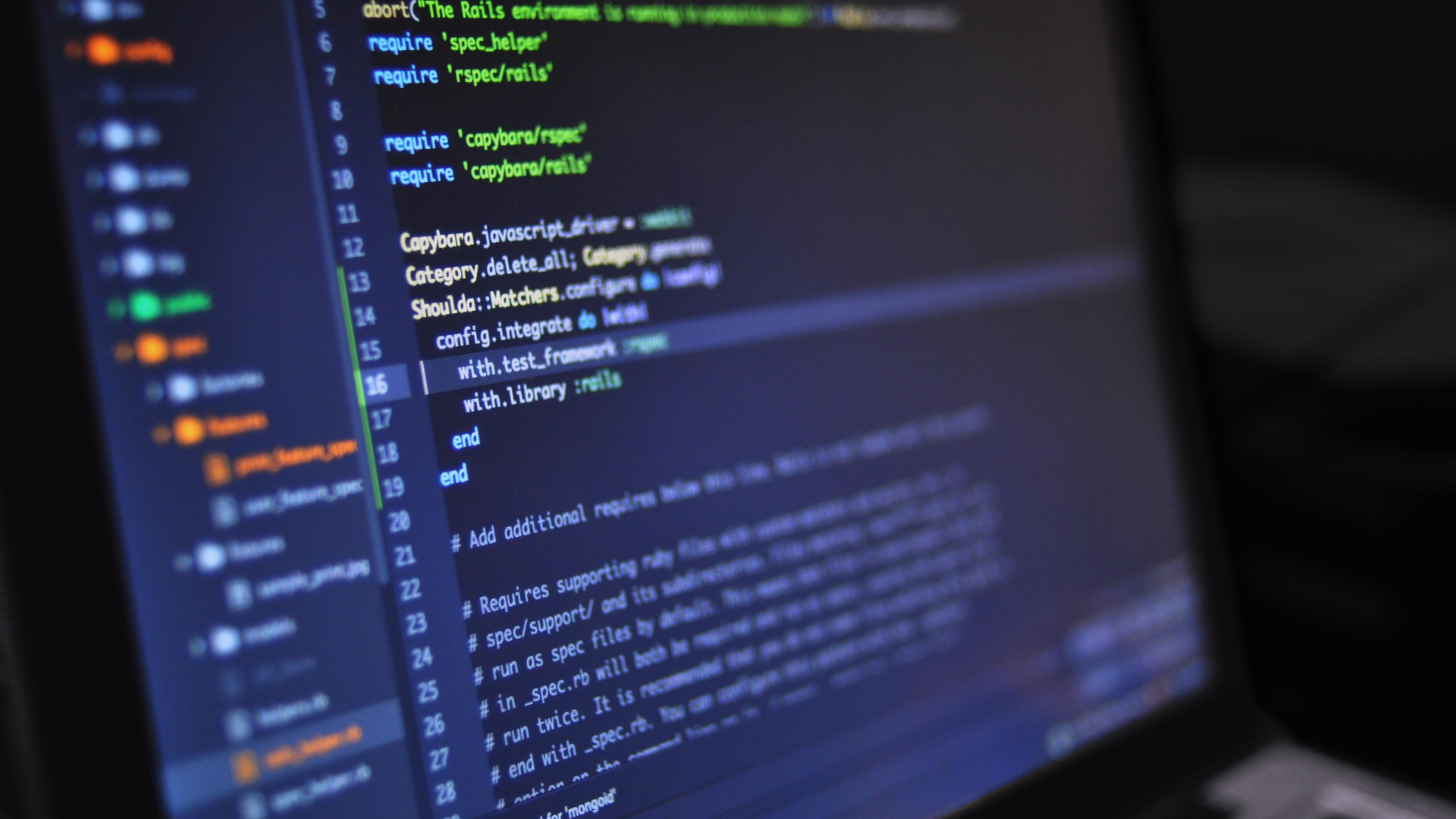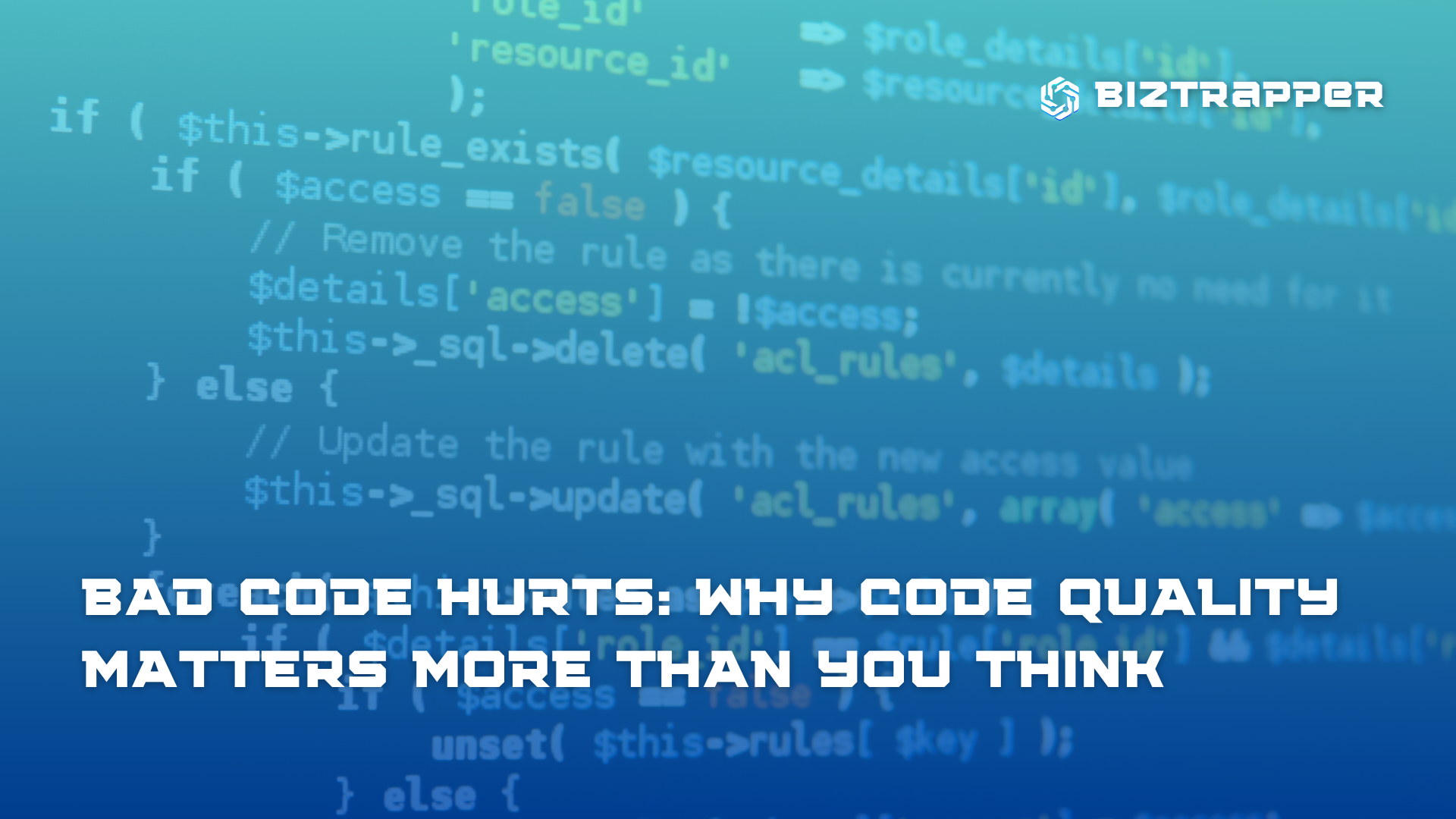At first glance, bad code doesn’t always look like a problem. The app loads. The feature works. The client is happy. But over time, issues start to pile up. Fixes take longer. Bugs appear in places no one expected. New teammates struggle to understand what’s been built. What once felt fast becomes a slow, frustrating grind. That’s the cost of overlooking code quality, and it’s a price too many teams pay too late.

Why bad code slows everything down
Poor code quality introduces hidden friction into every part of your workflow. What used to be a 2-day feature build becomes a week-long patch job. Instead of improving the app, developers spend their time cleaning up someone else’s logic or figuring out which function broke what. As the codebase gets harder to manage, it affects team morale, delivery timelines, and user satisfaction. Crashes increase. App store ratings drop. Onboarding new developers becomes a nightmare. And eventually, maintaining the app feels like more work than building it.

What high-quality code looks like
High code quality doesn’t mean perfection, it means clarity. It’s code that’s easy to read, easy to test, and easy to maintain. Developers can quickly understand what it does and why. Functions are purposeful. The architecture is clean and predictable. Comments explain logic only when necessary. Most importantly, the code allows teams to scale and iterate without fear of breaking the entire app.
Teams that prioritize code quality build apps that are not only functional but future-ready. They reduce technical debt before it becomes a blocker. They move faster, not by cutting corners, but by building on stable foundations.

Improving code quality takes intention
Good code quality doesn’t happen by accident. It requires systems, habits, and team discipline. Regular code reviews are essential, not just for catching bugs, but for knowledge sharing. Automated tools like linters and static code analyzers help enforce consistency. Tests, even basic ones, increase confidence in every release. And most importantly, teams must be encouraged to refactor often, not just when it’s “convenient.”
Clean code also depends on team culture. When everyone agrees on architecture patterns, naming conventions, and responsibilities, collaboration improves and bugs decrease. Building quality into your workflow early saves countless hours later.

Code quality is a business decision
This isn’t just a developer problem. it’s a business one. Poor code quality leads to unstable apps, slower updates, frustrated users, and expensive technical debt. Companies that prioritize quality ship more consistently, scale faster, and keep customers longer. In contrast, rushed apps may succeed short-term, but they often fail under pressure.
Final thought
You don’t have to be a perfectionist to care about code quality. You just have to recognize its value. Fast isn’t bad, but fast without structure leads to failure. If you want your mobile app to grow and scale, clean code isn’t optional. It’s the foundation of everything that follows.
So don’t treat code quality as a “nice to have.” Make it part of your product strategy from the very beginning. You’ll thank yourself later, and so will your users.






